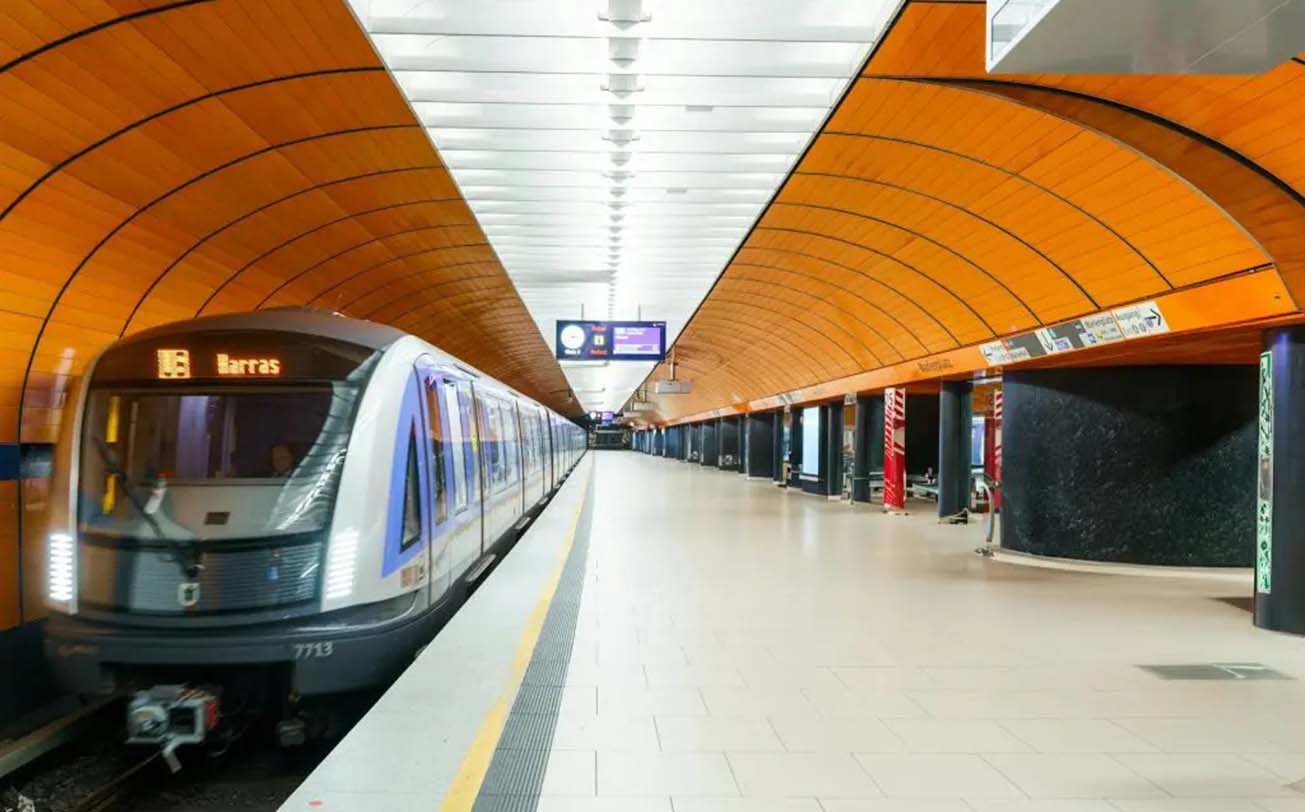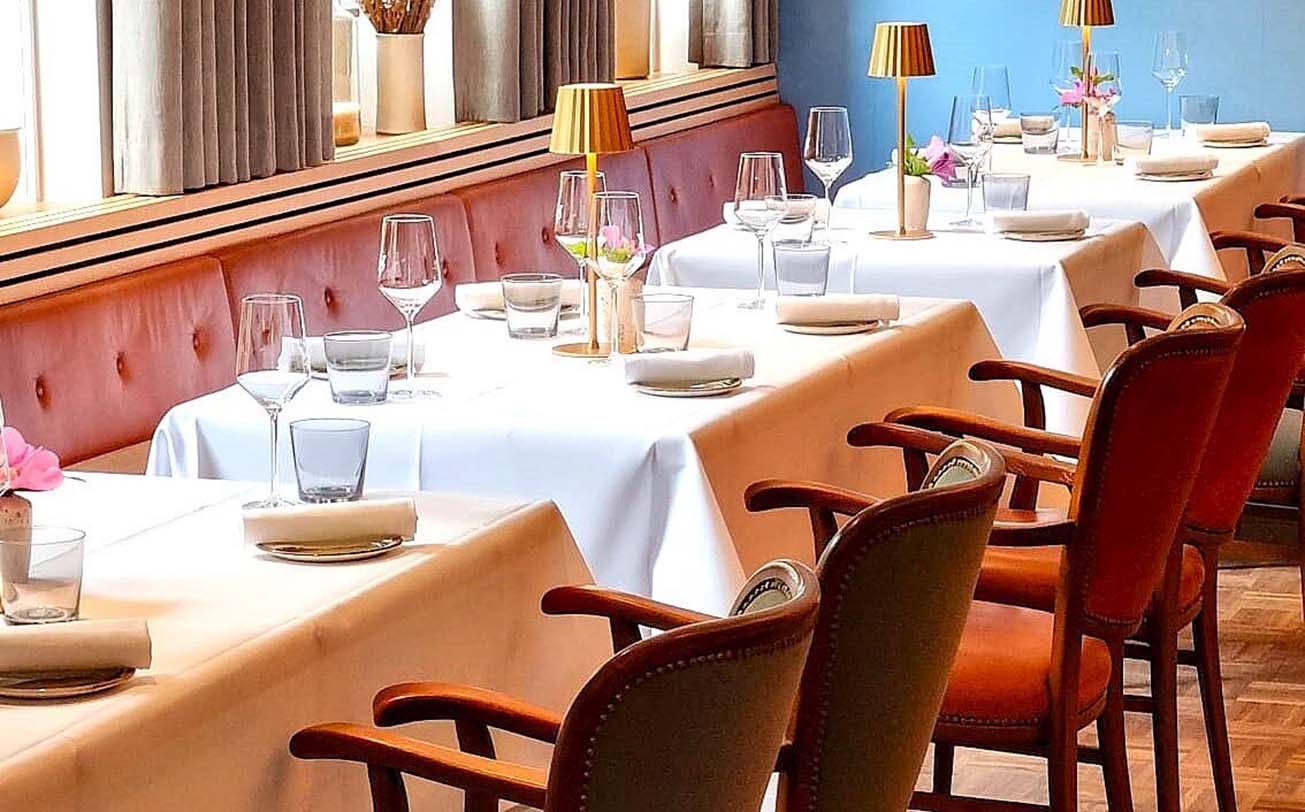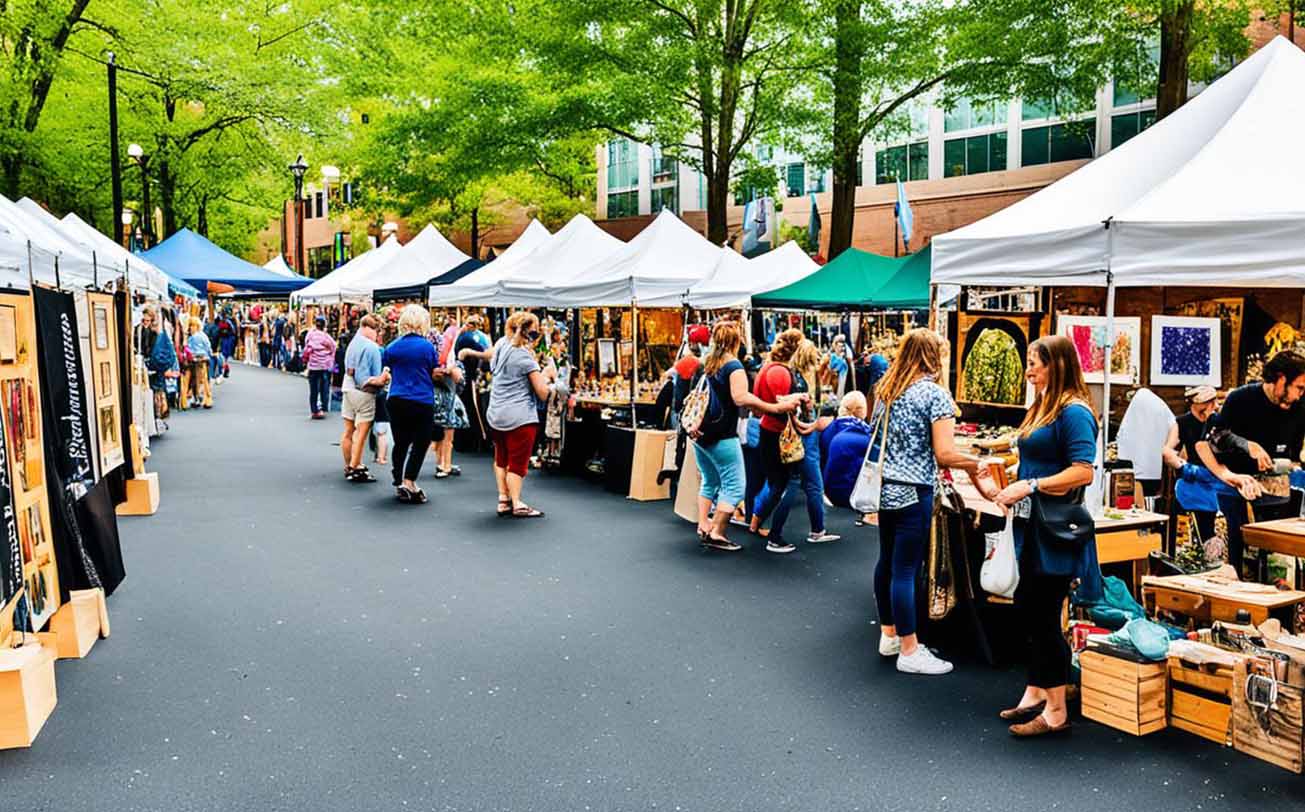Munich, the vibrant capital of Bavaria, is known for its rich history, stunning architecture, and lively beer gardens. While the city is compact enough to explore on foot, the public transport system in Munich is extensive, efficient, and easy to navigate, making it a great option for visitors. In this guide, I will share my personal experiences and insights on how to get around Munich using its public transport system, including everything from tickets and routes to tips for a seamless journey.
Understanding the Munich Public Transport System
Munich’s public transport network, known as MVV (München Verkehrs- und Tarifverbund), includes a variety of options:
- U-Bahn (Subway)
- S-Bahn (Commuter trains)
- Trams
- Buses
U-Bahn (Subway)
The U-Bahn consists of eight lines, identified by the letter “U” followed by a number. It runs frequently and covers most of the city, making it an excellent choice for both tourists and locals. The U-Bahn is especially convenient for reaching popular attractions, such as the Marienplatz, Oktoberfest grounds, and Englischer Garten.
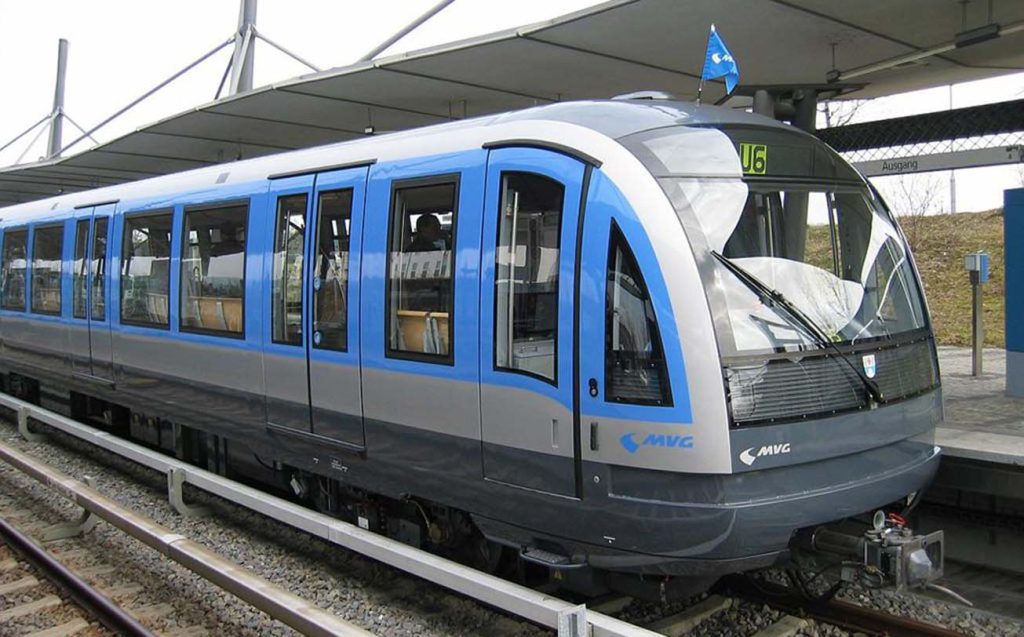
S-Bahn (Commuter Trains)
The S-Bahn is a network of suburban trains that connect Munich with its surrounding areas. It operates on a larger scale than the U-Bahn and is perfect for day trips to nearby cities like Nuremberg or Dachau. The S-Bahn lines are numbered with an “S” followed by a number.
Trams
Munich’s tram network complements the U-Bahn and S-Bahn, providing an excellent way to explore the city, especially in the more central districts. The trams are marked with a “T” followed by a number and are a pleasant way to see the streets of Munich as you travel to your destination.
Buses
Buses fill in the gaps where the other forms of transport don’t go. They are also an essential part of the public transport system and run frequently throughout the day.
Getting Started: Tickets and Pricing
Types of Tickets
Purchasing a ticket is the first step before hopping on any public transport. The MVV offers several ticket options, including:
- Single Tickets: Valid for one journey in a chosen fare zone.
- Day Pass (Tageskarte): Unlimited travel within the selected fare zones for a day, ideal for tourists planning to explore multiple locations.
- Group Tickets: A cost-effective option for groups of up to five people traveling together.
- Weekly and Monthly Passes: For longer stays, these provide unlimited travel within the chosen fare zones for a week or a month.
Pricing
As of my last visit, the pricing for tickets is as follows (prices may vary, so always check the MVV website for the latest information):
- Single Ticket: Approximately €3.40 for zones 1-2.
- Day Pass: Around €6.80 for zones 1-2.
- Group Day Pass: About €12.80 for zones 1-2.
- Weekly Pass: Approximately €17.50.
Purchasing Tickets
Tickets can be purchased from machines located at U-Bahn and S-Bahn stations, as well as on trams and buses (though it’s usually more convenient to buy in advance). The machines accept cash and cards, and there are English language options available.
Validation
One important note: remember to validate your ticket before boarding. Most tickets are valid for a specified period, and if you forget to validate, you may face a fine. Validation machines are usually found near the entrance to the platform.
Planning Your Journey
Using the MVV Website and App
Planning your journey is a breeze thanks to the MVV website and mobile app. Both provide real-time information on schedules, routes, and connections. You can easily input your starting point and destination to find the best route, including any transfers required.
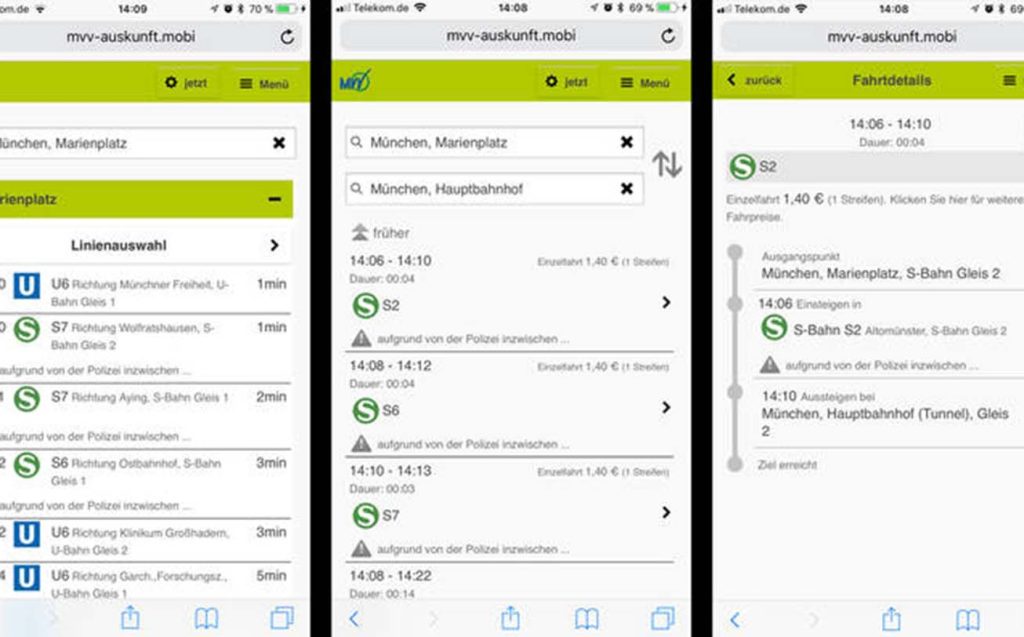
Helpful Features:
- Live Timetable: Displays the next departures for your selected line.
- Route Planner: Offers detailed instructions for your journey.
- Service Alerts: Keep you informed about any disruptions on the network.
Key Stations and Connections
Here are some key stations to know:
- Hauptbahnhof: Munich’s main train station, connecting U-Bahn, S-Bahn, and long-distance trains.
- Marienplatz: The heart of Munich, close to many major attractions.
- Sendlinger Tor: A central hub that connects various tram and U-Bahn lines.
- Odeonsplatz: A significant stop for visiting the Theatine Church and the English Garden.
Tips for Using Munich’s Public Transport
1. Travel During Off-Peak Hours
If possible, travel during off-peak hours (weekdays from 9 AM to 3 PM and after 6 PM) to avoid crowds. The U-Bahn and S-Bahn can get quite busy during rush hours, especially on Mondays.
2. Mind Your Belongings
While public transport is generally safe, it’s wise to keep an eye on your belongings, especially during busy times. Use a secure bag and avoid displaying valuables.
3. Be Mindful of the Rules
Familiarize yourself with the rules of public transport. For instance, eating and drinking is generally discouraged, and smoking is prohibited on all public transport.
4. Make Use of the App
The MVV app is a must-have for navigating the system. It offers real-time updates, route planning, and ticket purchasing options, ensuring you have everything you need at your fingertips.
5. Consider Biking
If you’re feeling adventurous, consider renting a bike to explore Munich. The city is bike-friendly, with many designated bike lanes. Combining biking with public transport can enhance your experience.
Popular Destinations Accessible by Public Transport
1. Marienplatz
The central square of Munich is a must-visit, known for its stunning New Town Hall (Neues Rathaus) and the famous Glockenspiel. It’s easily accessible by U-Bahn (Marienplatz station) and serves as a central hub for various tram and bus lines.
2. Englischer Garten
One of the largest urban parks in the world, the Englischer Garten is a tranquil escape within the city. You can reach it via the U-Bahn (Universität station) or several tram lines.
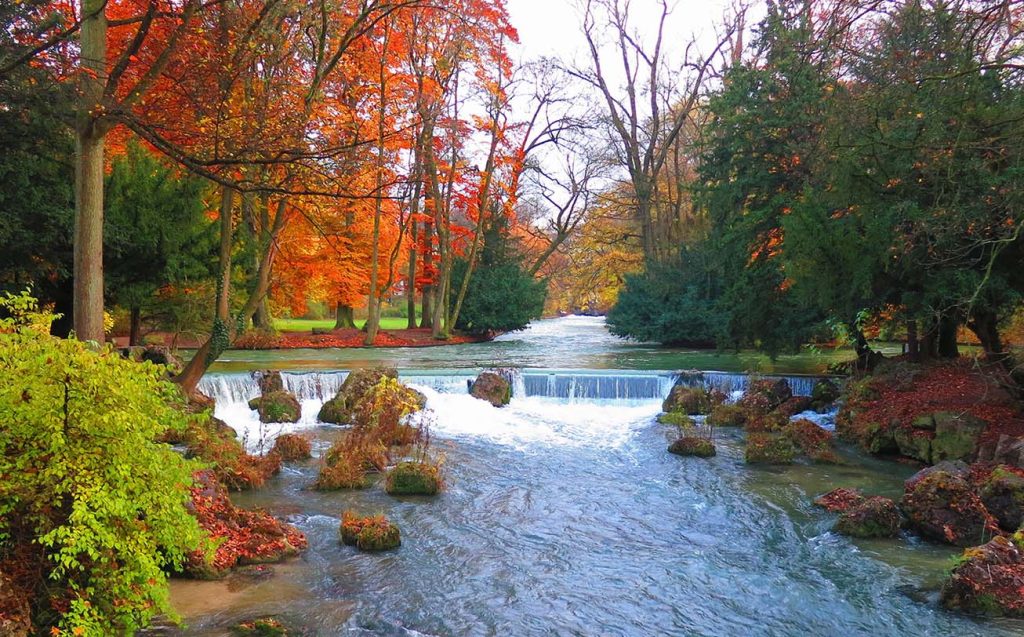
3. Nymphenburg Palace
This magnificent palace and its surrounding gardens are a short tram ride away from the city center. The best way to reach it is by taking tram line 17, which stops right outside the palace.
4. Deutsches Museum
The largest museum of science and technology in the world, the Deutsches Museum is accessible via the U-Bahn (Sendlinger Tor station) and a short walk across the bridge.
5. Olympiapark
The site of the 1972 Summer Olympics, Olympiapark is a great place to explore and enjoy outdoor activities. You can take the U-Bahn (Olympiazentrum station) or tram line 20 to get there.
Navigating Munich’s public transport system is a straightforward process that can greatly enhance your travel experience. With an efficient network of U-Bahn, S-Bahn, trams, and buses, getting around the city and its surrounding areas is both convenient and cost-effective.
By understanding the ticketing system, utilizing the MVV website and app for planning, and following some handy tips, you can easily explore all that Munich has to offer. From iconic landmarks to hidden gems, the city’s public transport allows you to discover it all without the hassle of driving or parking.
Whether you’re in Munich for a few days or a few weeks, embracing the public transport system will not only save you money but also provide a more immersive experience as you travel alongside locals.
